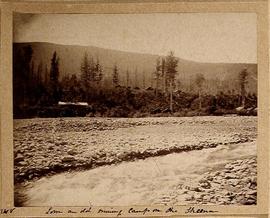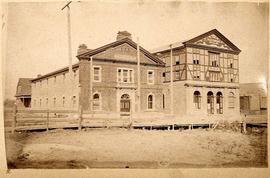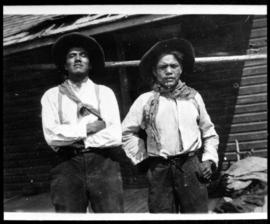The collection consists of nine large watercolour illustrative panels commissioned by the UBC Museum of Anthropology, eight of which were commissioned for the exhibit "The Four Seasons: Food Getting in British Columbia Prehistory," which ran from April to November 1979. The other watercolour is from an unidentified exhibit or sourcebook.
The collection also contains one painting that was commissioned by the museum for a publication (Museum Note, no.12, "Ninstints: World Heritage Site"), as well as a blueprint reproduction of a related drawing. These are renderings of how the houses and poles on a beach at the Ninstints village site might have looked when they were in use. The rendering is based on George MacDonald's map.
Collection consists of the following items:
001: The Four Seasons – Spring – Interior [1979?]
002: The Four Seasons – Spring – Coast [1979?]
003: The Four Seasons – Summer – Interior [1979?]
004: The Four Seasons – Summer – Coast [1979?]
005: The Four Seasons – Autumn – Interior [1979?]
006: The Four Seasons – Autumn – Coast [1979?]
007: The Four Seasons – Winter – Interior [1979?]
008: The Four Seasons – Winter – Coast [1979?]
009: Haida six beam house 1993
010: [Ninstints village painting] 1983
011: [Ninstints village, drawing for Museum Note] 1983


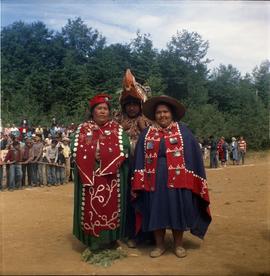


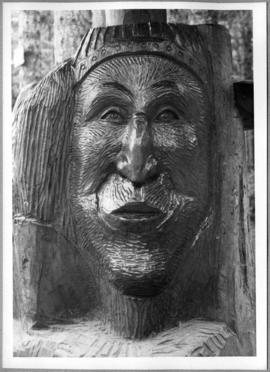
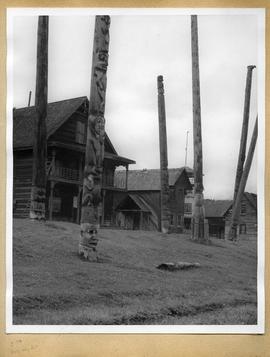
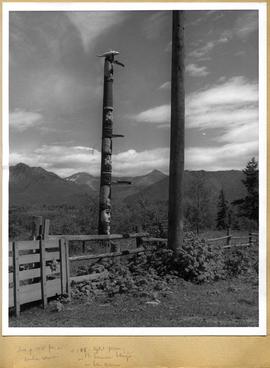

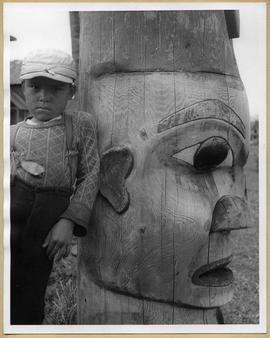
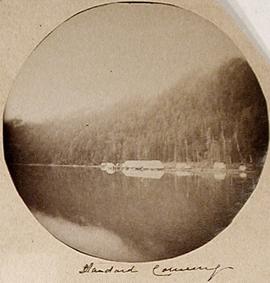

![Coast [Gardner's Inlet (?)]](/uploads/r/null/5/0/9/509334193e13b5005e3222b5ec837c2a51d24efccb5463ec3a87dcd9e17a7100/a032701_9_142.jpg)

